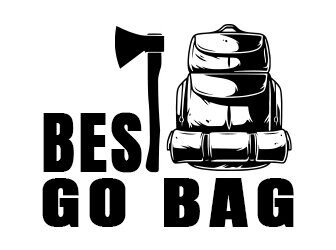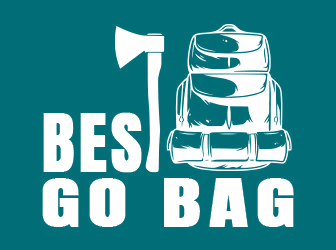Preparedness Notes for Wednesday — March 24, 2021
March 24th is the birthday of Dr. Art Robinson, who was born in 1942. — SurvivalBlog Writing Contest Today we present another entry for Round 93 of the SurvivalBlog non-fiction writing contest. The prizes for this round include: First Prize: The photovoltaic power specialists at Quantum Harvest LLC are providing a store-wide 10% off coupon. […]
Cade’s Corner: Accurate Communication Is as Easy as Alpha, Bravo, Charlie
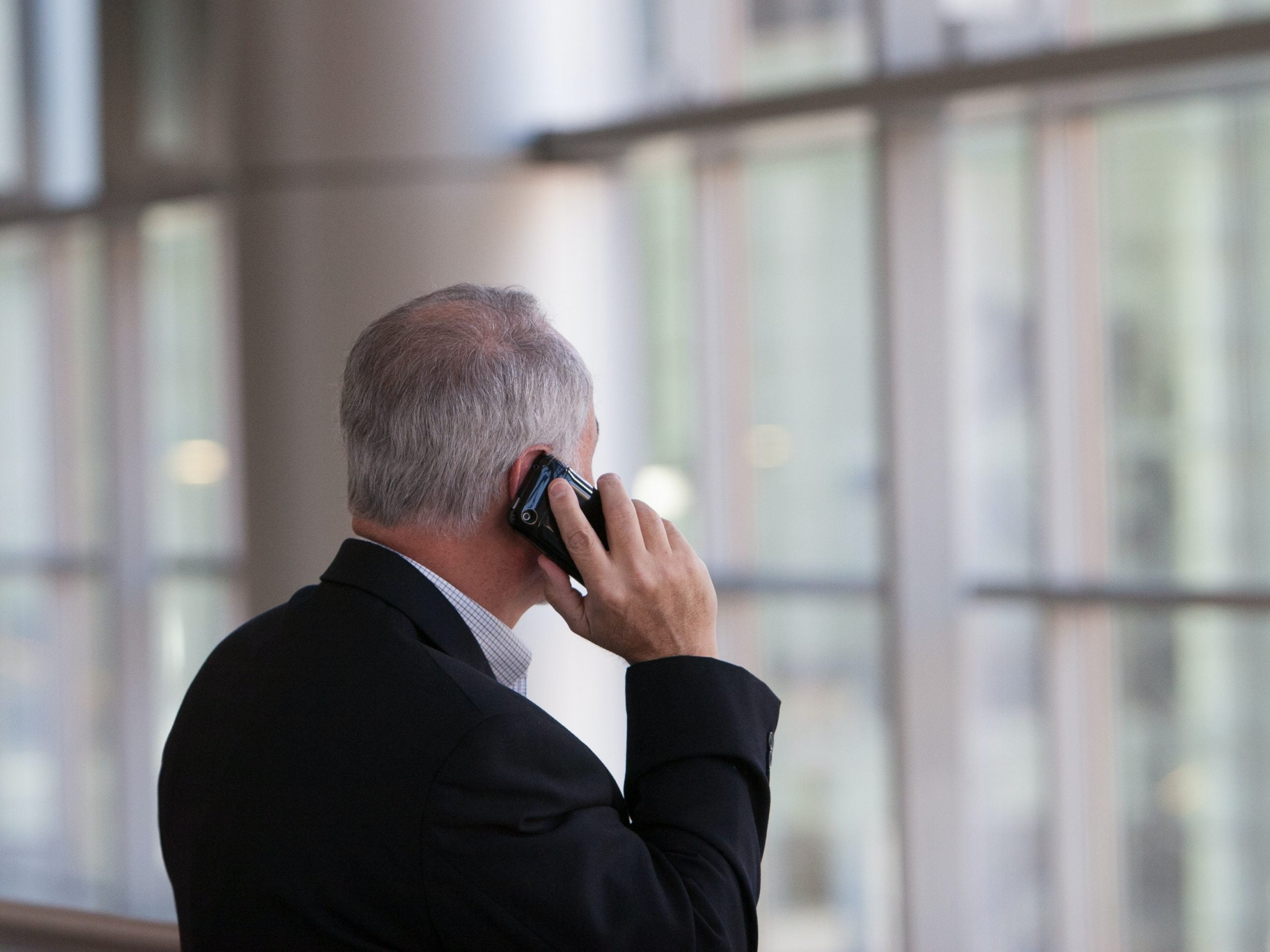
Hey there, my Fellow Patriot. Cade here.
There are very few things more important in a life-threatening survival situation than communication. Be it gathering information, better understanding a potential/current situation, or calling for help.
And the degree to how accurate this communication is could be the difference between living and dying!
Think about it. There are dozens of accent variations here within the United States alone. Imagine taking three people – one from Boston, one from New Orleans, and one from San Diego – and having them read the same sentence.
There’s a good chance two in the group will have absolutely no idea what the third is saying! Now broaden this group to include several English speaking foreign countries and the miscommunication could be off the charts.
This is the primary reason why the military came up with the phonetic alphabet, also known as military alphabet, spelling alphabet, radio alphabet, or telephone alphabet.
Here’s how it works. A standardized set of codewords are assigned in order to refer to the letters in the English alphabet. A = Alpha, B = Bravo, C= Charlie, and so on. This chart contains the full alphabet codewords:

Now… let me give you a few examples from my time in the SEAL teams to demonstrate why this was so vital.
When calling in an airstrike, the difference between the pilot hearing the letter “P” and the letter “T” was the difference between mission success and my entire platoon dying. Or when I called for a “hot extract” and if our location description was mistaken for an “N” when it was an “M.”
Get my point? Again, in life-threatening situations there can be no room for error.
Now I’ve stressed the importance of accurate communications. But I want to talk about how urgent TIMELY information is as well.
Ask anyone that lives in a hurricane or tornado zone of our country. Getting accurate and timely information is the difference between their family getting ahead of the disaster, or getting covered by it.
Recently many residents of Texas and surrounding states had to endure prolonged power outages. Ask them how valuable accurate and timely information was!
And God forbid our country finds itself in a large scale offensive military assault or terrorist strike. Accurate and timely information could protect us from extinction.
Yes, a little dark but also a call to action. If you want to ensure you always have access to timely, accurate information, my advice is to get at least one 4Patriots Liberty Band™ Tactical Radio. It’s a small investment for invaluable information should the worst occur.
Be a survivor, not a statistic,
Cade Courtley
Former Navy SEAL / 4Patriots Contributor
Preparedness Notes for Tuesday — March 16, 2021

Today is the anniversary of the Battle at Pound Gap Kentucky. (1862) — SurvivalBlog Writing Contest Today we present another entry for Round 93 of the SurvivalBlog non-fiction writing contest. The prizes for this round include First Prize: The photovoltaic power specialists at Quantum Harvest LLC are providing a store-wide 10% off coupon. Depending on […]
Tactical Flashlights… Must-Haves or Luxury Items?
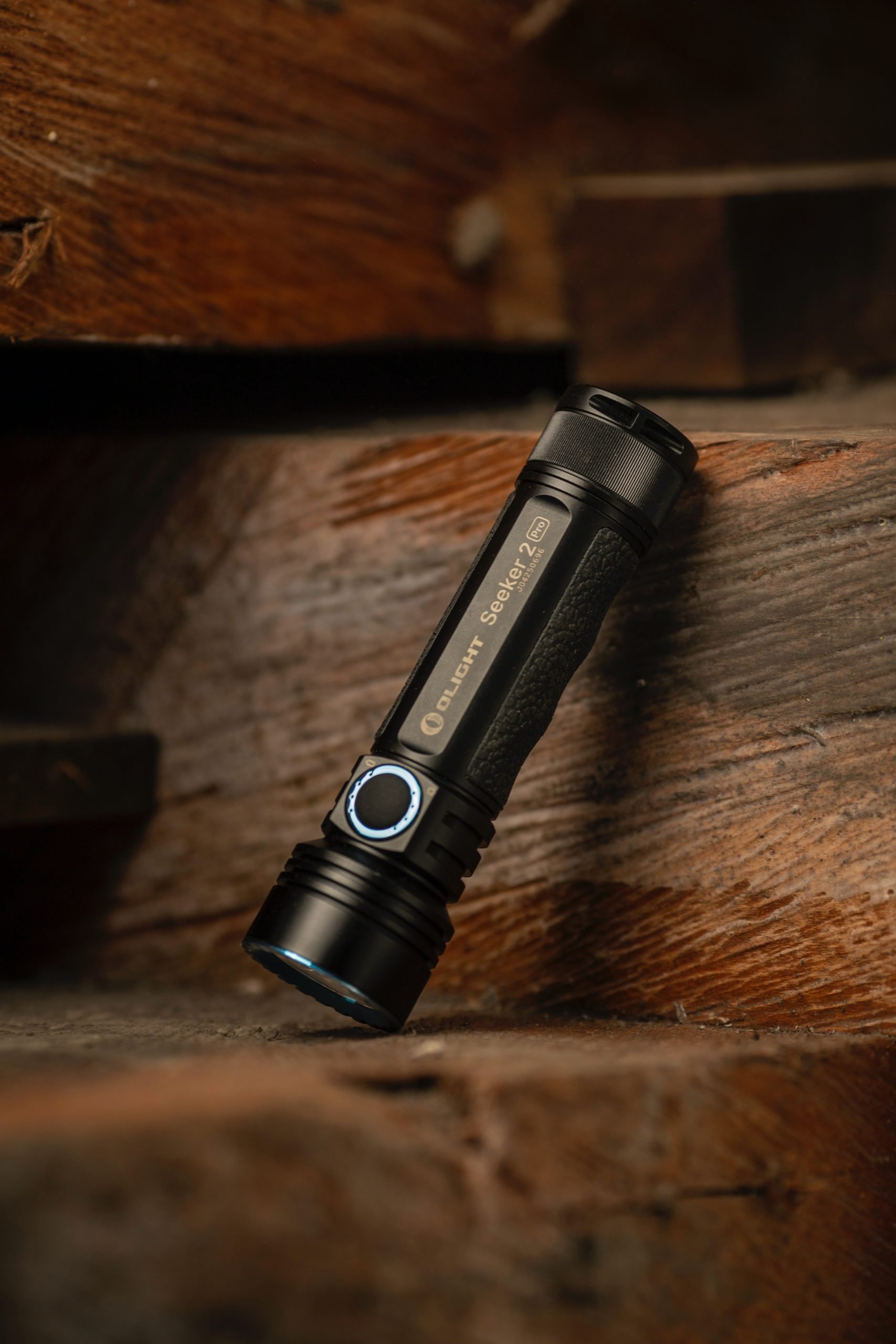
Everybody understands they need at least one flashlight in their home. Many realize they require more than one.
Having a flashlight in the bedroom, kitchen and basement is a good idea because you never know where you might be when the power goes out. And having one in your vehicle is a no-brainer.
Owning multiple flashlights also makes sense because the batteries in one might die just when you need it most.
Not as many folks realize they need a tactical flashlight. They are only focused on the light a flashlight can provide. They forget about other potential uses. Including ones that could save a life.
I can see clearly now
Today my goal is to convince you that you need at least one tactical flashlight in your home. As with standard flashlights, it’s better to have several. But let’s start with what one can do.
Do I need to mention that a reliable flashlight will help you see your way in the dark? Probably not. But let me remind you that it can be a big help both inside and outside your home.
Inside, it will help you find the correct switch on the fuse box in your basement. Outside it will light your path when you’re walking the dog at night. Or even if you need to check on a noise you heard from the yard.
Can’t a regular flashlight do those things? Yes, but tactical flashlights are brighter than standard flashlights and light from your cellphone. I don’t know about you, but my eyes aren’t what they used to be. I can use the stronger light in the dark.
Sending out an SOS
If we knew exactly where we’d be and what we’d be doing when a crisis occurred, preparedness would be pretty easy. But we don’t, and it’s not. That’s why we must prepare for a variety of scenarios.
We may find ourselves in a situation where we’ll only survive if we’re rescued. And a tactical flashlight can help due to its signaling abilities.
High output and strobe capabilities make a tactical flashlight one of the best signalizing devices around. A high-powered beam can be seen from a great distance.
The SOS signal on your tactical flashlight is universally recognized. Anyone seeing it will know you need help. Some families set up signaling codes they can communicate to each other with flashlights. That comes in handy when it’s not safe to yell.
Hammer time
Speaking of getting rescued, there are a couple other things a tactical flashlight can do that could save a life.
If heaven forbid your vehicle were to plunge into water and you had a tactical flashlight in your glove compartment, it could help you escape. How? The steel hammer could bust out a jammed window and the steel blade could cut a seatbelt.
If your tactical flashlight includes small solar panels, you can charge it with the free power of the sun. And if it is also a power bank, you can charge other electrical items. Including your cellphone, which you’ll need in an emergency.
If you have to find your way, day or night, a tactical flashlight’s compass will come to the rescue. And the flashlight’s magnet will allow you to stick it on your car or truck, pointed directly at the flat tire you’re changing.
Blinded by the light
If I could have any weapon I wanted in my hand, should I be suddenly attacked, a flashlight might not be among my top three. But if it were what I had in my hand at the time, I’d be glad to have it.
There are a couple ways you can defend yourself with a tactical flashlight. First is shining the brightest beam in your arsenal into his eyes.
Your attacker’s disorientation might be your chance to take off. Or possibly counterattack if that seems like the better option.
If you do need to go on offense, you might only get one shot. So strike your assailant in a vulnerable spot with your flashlight as hard as you can. A standard flashlight might break apart with the impact. But a tactical flashlight won’t.
Checking all the boxes
Of course, not all tactical flashlights can do everything I’ve described. But the solution I have for you certainly does.
The HaloXT Tactical Flashlight from 4Patriots is as sturdy as they come. Despite the fact that it’s small, lightweight and easy to handle.
It’s made from aluminum alloy so it’s very durable. It knows how to handle abuse. You can drop it or bang it, and it will still perform perfectly. It’s weather-resistant, shock-resistant and corrosion-resistant.
Now, the HaloXT Tactical Flashlight with its nine light functions and small solar panels will keep working even if you drop it. But you don’t want to drop it while you’re using it. That’s why we’ve given it an anti-slip handle and an adjustable wrist strap.
I hope by now you’re convinced that you need a HaloXT Tactical Flashlight. Or perhaps several of them. Here’s how you can get yours.
Preparedness Notes for Thursday — March 4, 2021
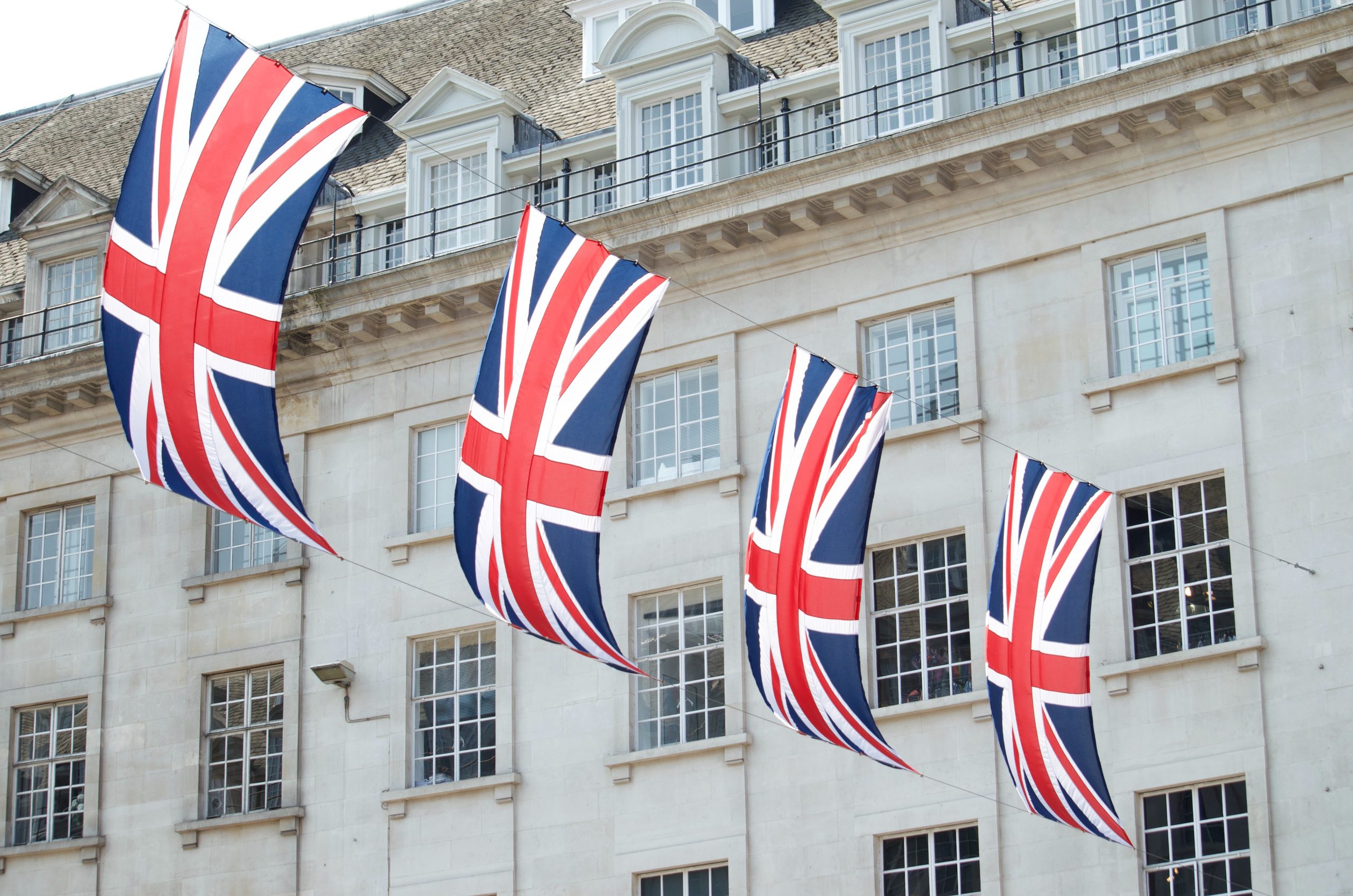
On March 4, 1628, King Charles I of England granted a royal charter to Massachusetts Bay Colony. — SurvivalBlog Writing Contest Today we present another entry for Round 93 of the SurvivalBlog non-fiction writing contest. The prizes for this round include: First Prize: The photovoltaic power specialists at Quantum Harvest LLC are providing a store-wide […]
How to Handle An Active Shooter Incident
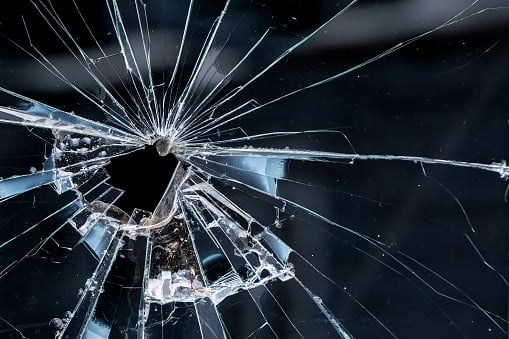
We unfortunately live in a world where public shootings are occurring on a weekly basis. Malls, markets, and schools—we expect to go to theses place to stroll, shop, relax, or learn in environments that are relatively secure. One of our great freedoms is to go about our daily lives without fear. However, these incidents, including the 1999 Columbine High School shooting that killed 15, the 2005 Tacoma, Washington Mall killing that took 7, or the 2007 Westroad Mall incident in Omaha, Nebraska with 9 dead, or the Virginia Tech massacre in that same year when 31 died, and 2011 slaughter of 85 innocents at Norwegian youth camp… and on and on and on… has proved that nothing can be taken for granted.
Police and S.W.AT. teams (Special Weapons And Tactics divisions of law enforcement units) refer to this crime while it’s under way as an “Active Shooter Incident.” In most cases, the perpetrators of these actions pick “soft targets,” such as malls, markets, and schools with the full intention of having unrestricted access and time to claim as many victims before they are captured or gunned down. Soft targets generally refer to any public place where there are large groups of people, predominately women and children, or young adults that offer little or no security and are unprepared for defense against individuals with massive firepower and the sole intent to kill and cause mayhem.
Situational Awareness
When going to a mall, market, or even during your first days of class at a new school, make a mental note of exits. Secondly, observe the whereabouts of any large items or objects that seem sturdy enough to provide cover, if needed, and file this information. In some malls, for example, there may be a lounge area with furniture, or sculptures, or columns that are placed at regular intervals. In a school, are the desks bolted to the floor? Do the windows open? Thirdly, look around at the people you pass while in public places or when you are among crowds. If you were at a mall, pay special attention to individuals who don’t seem to have the demeanor of the average shopper. Many times, these shooters fancy themselves as some unhinged military imitators, and might be wearing army boots or fatigues, though are clearly not someone in active duty.
Upon entry of soft target checklist:
- Know your exits.
- Locate places or objects that might be your nearest cover.
- Observe isolated individuals carrying large bags, such as duffle bags, or are wearing unseasonably heavy clothing. Keep an eye on people who seem particularly nervous or sweating. Watch individuals wearing military style boots or clothes that are “out of place.”
Once shooting begins
People who have never heard the sound of gunfire often compare it to a car backfiring, or a loud firecracker. But the discharge of a firearm in a closed environment, such as a mall or a classroom, is distinct and will leave no question that an assault of a deadly nature has begun. What you do in the first few seconds will determine if you live or die.
Step 1: Get off the X
You must remove yourself from the immediate vicinity and away from the source of gunfire, which is referred to as the kill zone or the “X,” and do so without hesitation. In tactical terms, it’s essential to get out of the line of fire during any lethal encounter or if engaged in a self-defense shooting incident. Simply, you must do whatever it takes to get clear of the “kill zone,” if you expect to have any chance of survival or retaliation. If you survive the first 10 seconds of this type of ambush you have a much better chance of making it out alive.
Fight, Flight, Freeze
In many of these shootings, with the exception of the particular intended target, it’s by-standers who froze that were added to the casualty toll. Unless you are ordered to “shelter in place” do not freeze or burrow in—react and move immediately.
How to get off the X
Move! Here’s an incidence when the initial response is to use the flight instinct, though with forethought. Nevertheless, you must move! Of course, there is little time to think, but it’s best to make this a calculated flight, such that you don’t turn yourself into a more visible, and attractive running target, by scrambling in panic only to wind up closer to the line of fire. This flight must be for the purpose of getting clear of danger—off the X—while not flagging your position even more so. Usually, you’ll instinctively move in a route away from the shooter, and preferably in a direction that is opposite from his focus. Hitting the floor or lying flat might be the first thing to do, but don’t just cover your head and hope for the best. Immediately, you must begin moving, though staying low. If able to dodge or dive for one of the objects you had earlier identified as cover, while the shooter is aiming somewhere else, make that move. Get to your cover while staying as low as possible, though do it with maximum purpose.
Movement techniques Low Crawl: Use the low crawl method, which is pushing with your toes and pulling with your fingers, inch by inch if necessary, which will keep you flat to the floor and out of range. When you see an opportunity, you might use what’s called the “baby crawl,” raising your belly only inches from the floor and moving on your knees, elbows, or hands. The sniper walk might be another movement to practice (remember muscle memory), which is a crouched position, with the body kept low, while stepping by using heel to toe movements; though this is employed when stealth and remaining quite while moving from the X is required |
Cover vs. Concealment
Cover is defined as something that will stop bullets, such as a concrete wall or a large potted plant. Concealment may hide you but will not stop bullets. For example, if outdoors, a rock is cover, while a bush offers concealment. In a shopping mall, a rack of clothing might be used for concealment. Whatever you choose as cover or concealment, avoid bunching up with too many people. People huddled together in these circumstances will create a larger and more attractive target; one bullet can penetrate several people.
Further from the X
Continue to move AWAY from the shooter, bounding from cover to cover. At first, get to covers by making small bounds, but as your distance from the shooter increases, you can increase the distances you travel between covers. Start by low crawling and the further you are away from shooter, the faster you can move, until even sprinting, if the situation warrants it.
Moving in a shooting environment.
You have cleared the kill zone but there is still a good chance of being shot at. Maintain a lower profile (slightly hunched over, weight over balls of feet). Continue to move from cover to cover. Utilize shadows or “dead space” areas that are obstructed from view.
Also, stay a foot off of walls. When a bullet hits and ricochets off a wall it tends to travel down the wall approx 6 inches. If you are against the wall, you will get hit. |
Once you have successfully cleared the kill zone, you need to quickly decide the best way to either gain the greatest distance from the shooter, or ultimately exit the building. Now remember where you saw the main exits. Fire exits doors in malls, and in many public buildings, are required by law to be at the rear of building or at the back of the stores. Continue to move, though take no chances, since the shooter might be following you. Put as many obstacles between you and danger, such as by closing or locking doors as you go, or by tumbling merchandise to the ground, making it harder for the shooter to trail you, if that is his or her intention.
If, and only when you feel that you are at a location of relative, short-term safety, then gather yourself. When you are in a defensive position that is well hidden and away from shooting, take a moment to calm yourself and keep your mind alert. Now is the time for the next phase of survival.
Step 2: Take a few seconds to regroup and regain focus.
- You’ll naturally think, “What the hell just happened?”—but don’t ponder on this. Recall the image you made as your trigger and focus. The calmer you are, the better equipped you’ll be to out-think your assailant. You still have much to do.
- If able, call 911. Give police as much HUMINT (human intelligence) as possible, including: who you are, what’s happening and where, how many shooters, types of weapons, special gear (body armor), and skill level, ethnicity, language or accent; anything that might be helpful.
Step 3: Self-assessment
- Injuries – If you have made it this far, you are probably not critically injured. Breathing and heart beat rule out serious injuries, although many times in great stress, people will be injured and not know it.
During a training evolution I was run over by a boat operated by a Navy personal that wasn’t paying attention and veered from his normal course. He obviously didn’t know that he even hit me, but I took the full force of the collision to my head while I was in heavy surf. I have never been hit that hard in my life. When I resurfaced and saw the blood coming from my ear hole I decided it was time to swim to shore. Once I got to the beach, I felt fine and was more concerned with giving the boat driver the universal F.U. than anything else. It wasn’t until I regained consciousness an hour later in the ER that I was informed that I had sustained a fractured skull, and a subdural hematoma (bleeding brain), thus the blood coming out of my ear hole. Thank god for the cold water or I would have lost consciousness way before hitting the beach. Wasn’t my time. |
- Do a quick head to toe self-assessment, paying particular attention to bleeding and fractures and treat if required. If you are with others and someone is injured, you may need to figure out a way to transport that person.
Part of this assessment step is to take inventory the resources you still have at hand and that might help you further. Is there anything that can be useful to break a window, for example, or something to act as a transportable shield? Is there a vending machine, or a water cooler nearby? You have just been through strenuous physical activity and very well might require more effort until you are safe.
- Clothing: Remove excess or brightly colored clothing or accessories you don’t need (coat, purse, or shiny jewelry).
- If able, take a quick drink of water.
- Equipment: Look around for anything that might help you.
Step 4: Game Plan
Success in warfare often comes down to the side who knows their battlefield better. If a mall or school turns into the battlefield, knowledge of the environment will be of great advantage. If you are in a familiar environment, such an office building where you work, and where your previous situational awareness provides knowledge of exits, this is the time to figure out where you are. During your time getting off the X, you might now find yourself in a place somewhat different than expected, but, in general, is still familiar. Most buildings and stores use repetitive construction, such as repeating floor plans. You can make a representation of your logistics on the floor in front of you by using items to represent the area. If in an unfamiliar place like a mall, and your cell phone still works, get a map from the website, or use evacuation placards or signs posted to walls to get your bearings.
Rule of 3
- Make a decision as to the next course of action, choosing the best of the three plans you can conceive. As mentioned above regarding police response, don’t wait for help. You might be dead before the Calvary gets there. In making your decision to evacuate, choose the most discreet way out, though ones most likely to limit your chances of meeting the shooter again. Your goal now is evacuation. However, remember, the safest evacuation route may not be the most direct. The best exit may not be the closest one.
Step 5: Live or Die
Sometimes, the only way out is to fight. There will be times when your only course of action might be limited to taking on the shooter. As cold-blooded and mechanical as these shooters seem, especially with their firepower in their hands, they are usually just waiting for the bullet that will take them down. It’s best to try to capitalize on their heightened nervous state and attempt to set up an ambush.
Encountering Law Enforcement: If successful and you’ve made it out alive, you surely don’t want police to think you are the assailants, and die from this form of “friendly fire.” As in the military, law enforcement are taught to look at the hands of anyone first. If the hands are free of weapons, then you aren’t considered a shooting threat. So, when you are about to exit and think there is a high probability of encountering law enforcement, you must empty your hands. Put all weapons on the ground and away from you. Place hands high in the air and yell out “friendly’s—we are unarmed.” Keep repeating this, and loudly. Do exactly as you are instructed to do at this point; there will be time once police have you in a non-threatening posture, for them to realize that you are the survivors.
Preparedness Notes for Sunday — February 28, 2021
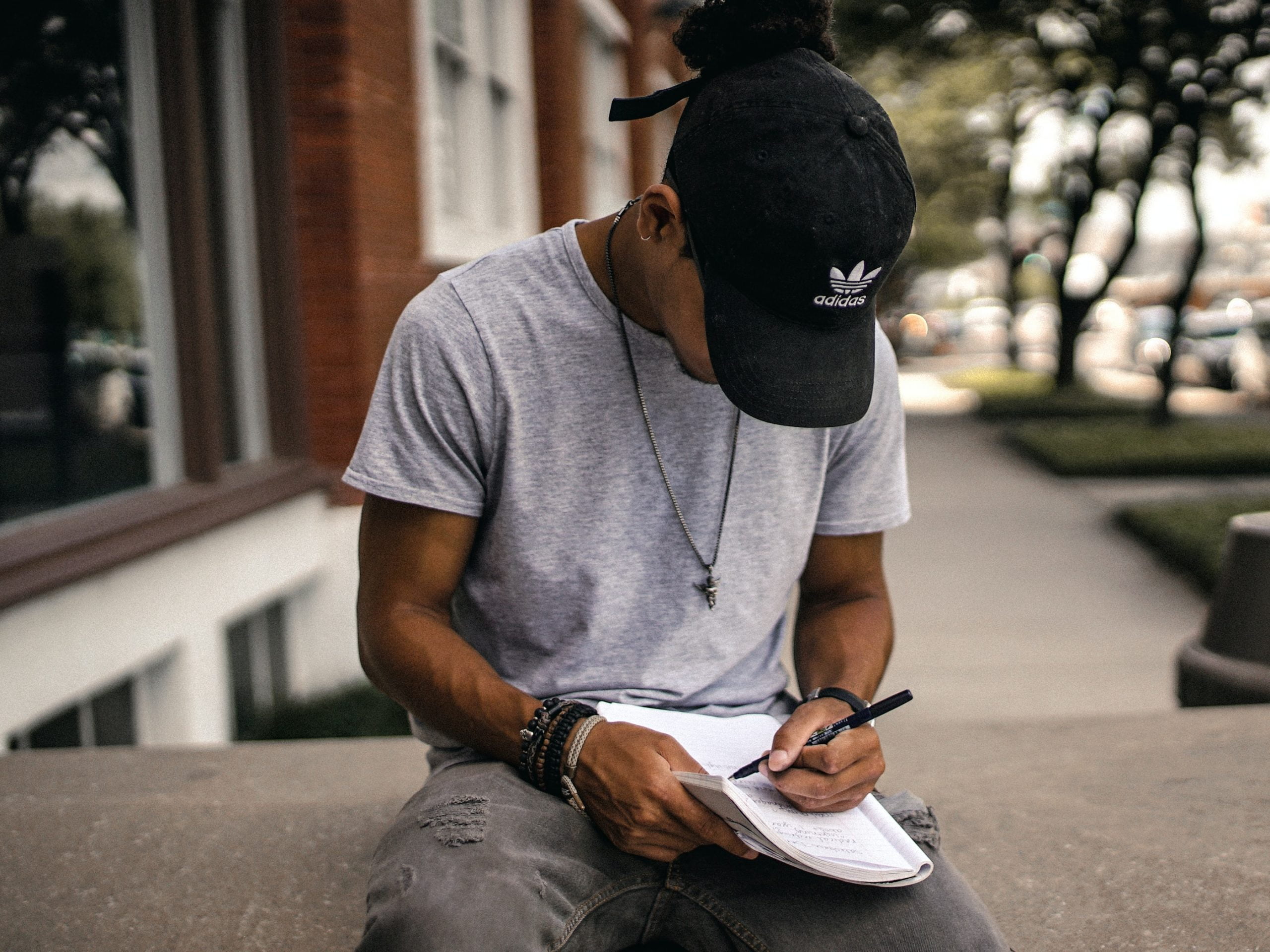
February 28th is the birthday of famed Swiss investor and economic pundit Marc Faber (born 1946). — SurvivalBlog Writing Contest Today we present another entry for Round 93 of the SurvivalBlog non-fiction writing contest. The prizes for this round include: First Prize: The photovoltaic power specialists at Quantum Harvest LLC are providing a store-wide 10% […]
Preparedness Notes for Saturday — February 27, 2021

On February 27, 1902 Harry “Breaker” Harbord Morant was executed in Pretoria. — SurvivalBlog Writing Contest Today we present another entry for Round 93 of the SurvivalBlog non-fiction writing contest. The prizes for this round include: First Prize: The photovoltaic power specialists at Quantum Harvest LLC are providing a store-wide 10% off coupon. Depending on […]
Grid Down, Episode 1 (this video could save your life)
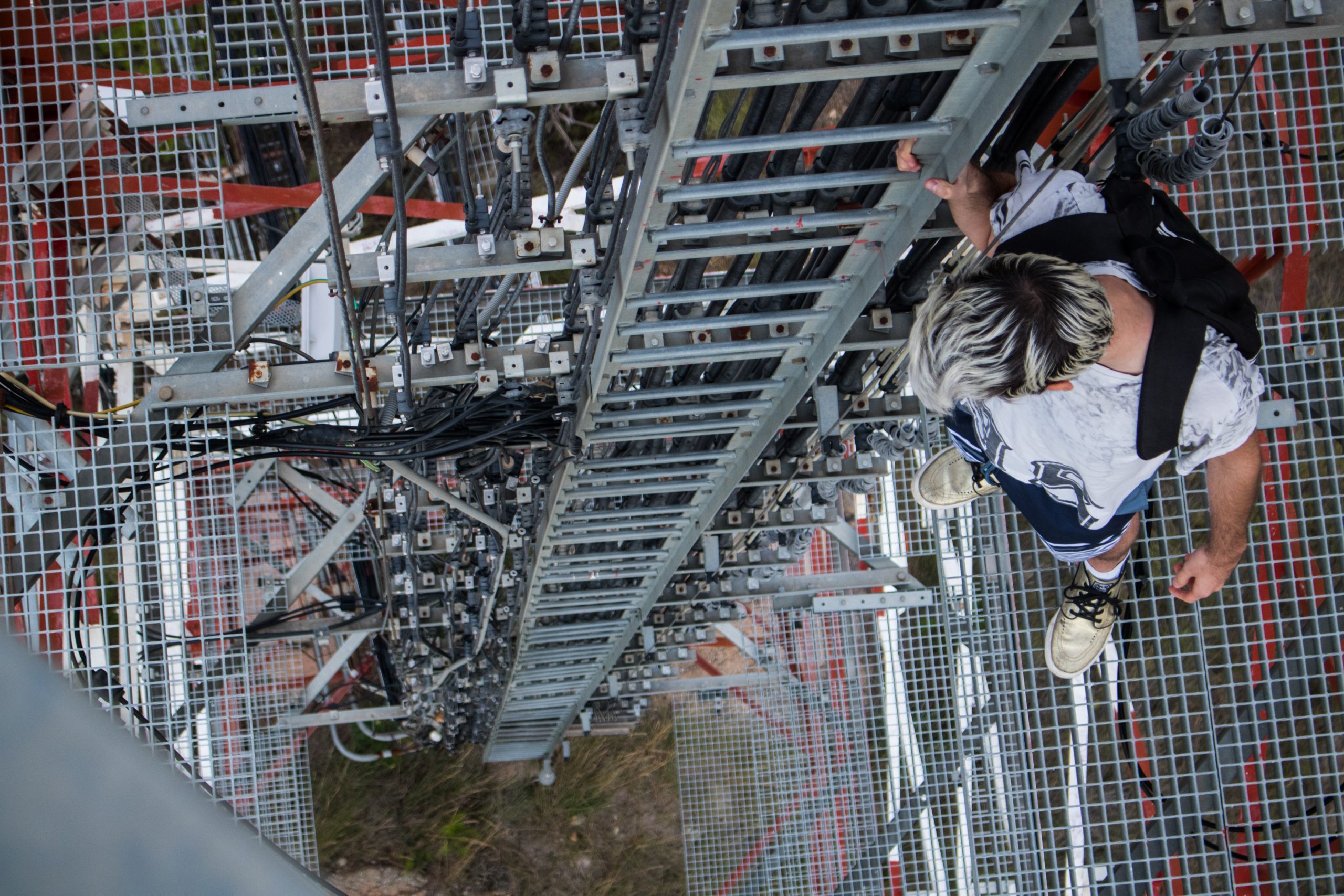
As we’ve seen in the past few weeks, a blackout affecting millions of Americans can happen at any moment.
Without warning, you can wake up to a nightmare.
That’s why you’ve got to be prepared. In fact, being prepared counts for 90% of surviving any life-threatening event.
Just ask Cade Courtley – former Navy SEAL and Survival Expert.
In an exclusive new video called “Grid Down, Episode 1,” Cade demonstrates step by step how to secure your location and set the stage for survival for you and your family.
WATCH: this video could save your life >>
Cade shows you his most critical survival tools that you’ll need to get through an extended blackout – and the best ways to use them.
Tools like…
HaloXT Tactical Flashlight – a solar-powered marvel that never needs batteries and has 9 life-saving functions – like recharging your phone, breaking glass, cutting through rope/seatbelts, and more. Cade recommends having at least 2 on hand – one to charge in the sun while you use the other. Because when it comes to survival, 2 is 1, and 1 is none.
Patriot Power Sidekick – our newest solar mini-generator that boasts 300 watts of power and is only 8 lbs. Power your phones, tablets, laptops, TV, and medical devices like CPAPs and more. Easily portable, it can move from room to room with you.
Liberty Band Emergency Solar Radio – get critical news and information even if the Internet goes down. The Liberty Band provides weather alerts, crisis updates for your area, and can even provide an extra oomph of power for your phone in a pinch. Plus, it’s also solar!
Patriot Power Generator 1800 – our most advanced solar generator to date is safe, silent, and totally fume-free. Use this portable powerhouse to cycle your fridge & freezer, power lights for security and comfort, and keep life going when everything else goes dark. And because it’s solar, you can safely use it inside.
Sun Kettle® Personal Water Heater – this solar cooker boils water using only sunlight – to make hot beverages, cook food, and make water safe to drink. Sun Kettle is the ideal power-free way to get hot, clean water for a multitude of uses.
Patriot Pure Ultimate Water Filtration System – makes any fresh water you’ve gathered in a “Grid Down” situation – even from your water heater, bath, or toilet – safe to drink. It removes up to 99.9% of harmful bacteria, viruses, parasites, heavy metals, and more.
I highly recommend everyone take 5 minutes out of their day and watch this important video.
Take notes of everything Cade does, step by step, and take a look at the lifesaving tools he uses to survive the worst-case scenario.
You’ll be glad you did. Because a crisis could happen instantly. We’ve seen it time and time again.
And when the SHTF and the world goes dark, good intentions won’t matter – only the decisive action you took beforehand will.
Preparedness Notes for Sunday — February 14, 2021
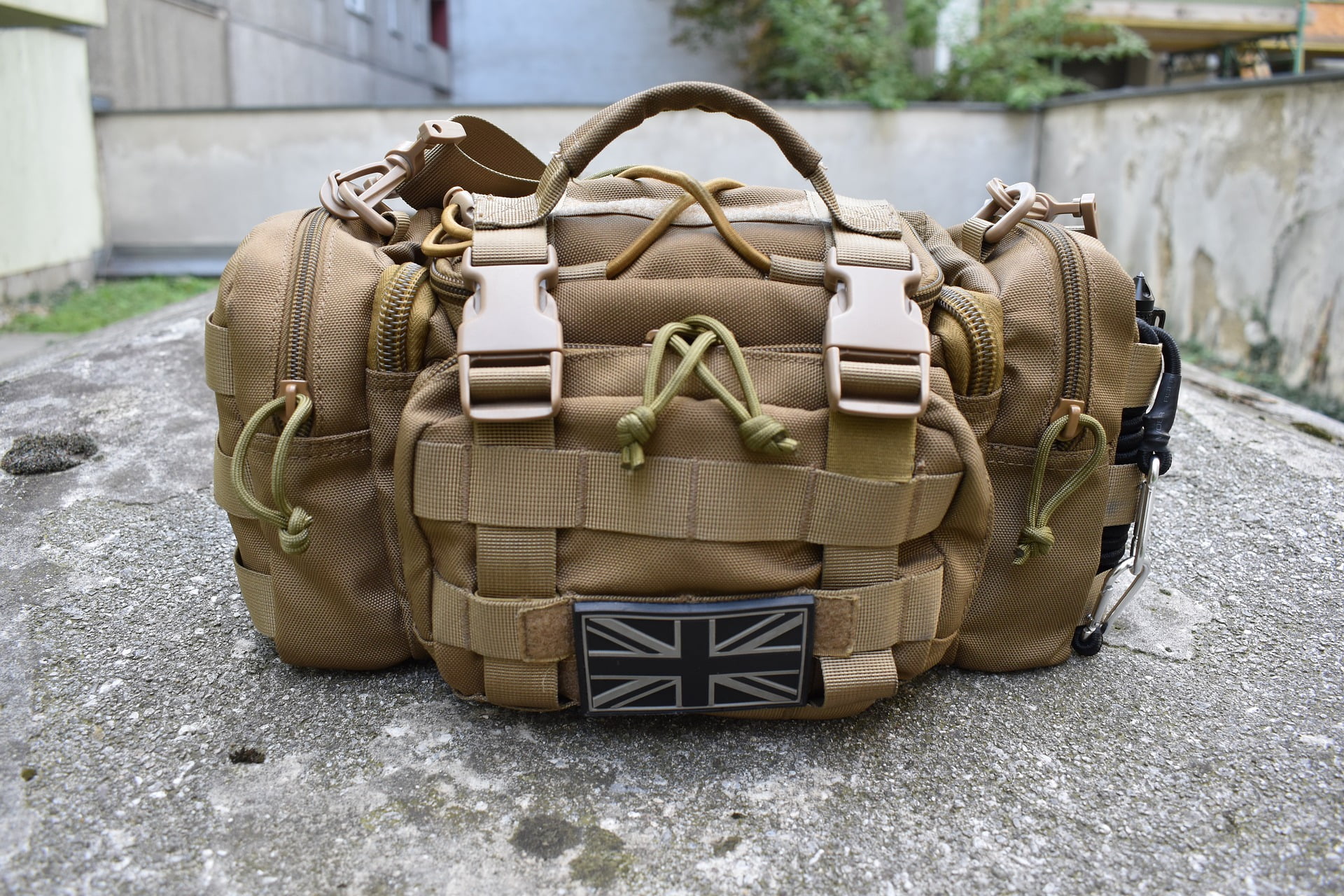
February 14, 1942 was the birthday of Prepper/Economist Dr. Gary North. — SurvivalBlog Writing Contest Today we present another entry for Round 93 of the SurvivalBlog non-fiction writing contest. The prizes for this round include: First Prize: The photovoltaic power specialists at Quantum Harvest LLC are providing a store-wide 10% off coupon. Depending on the […]
